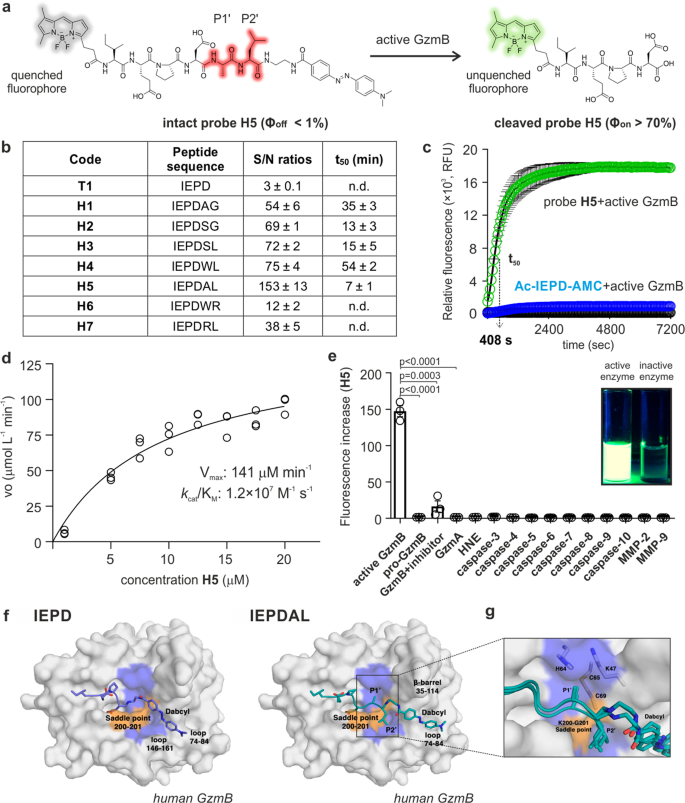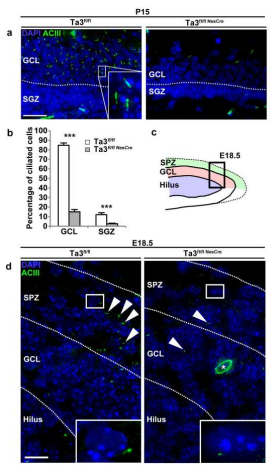免疫療法薬の効果に光を当てる新しい画像技術が、がん患者の早期診断と治療に役立つ可能性。 Early diagnosis and treatment of cancer patients could be helped by new imaging technology that sheds light on the effectiveness of immunotherapy drugs.
2022-05-10 エディンバラ大学
この感光性技術は、どの主要な免疫細胞(T細胞として知られる小集団)が腫瘍の攻撃に関与しているかを検出することができる。
T細胞は、がん細胞を殺すことができるグランザイムBと呼ばれる有毒なタンパク質を生成します。このタンパク質は、プローブを半分に切断し、蛍光灯のような光信号を放出することができます。
エジンバラ大学の研究チームは、この方法は臨床医が治療計画を立てるのに役立つだろうと言っている。
<関連情報>
- https://www.ed.ac.uk/news/2022/fluorescent-probe-can-track-cancer-drug-progress
- https://www.nature.com/articles/s41467-022-29691-w
グランザイムBの蛍光プローブによる生検時の評価と抗がん剤免疫療法への反応性スクリーニングの実現 A fluorogenic probe for granzyme B enables in-biopsy evaluation and screening of response to anticancer immunotherapies
Jamie I. Scott,Lorena Mendive-Tapia,Doireann Gordon,Nicole D. Barth,Emily J. Thompson,Zhiming Cheng,David Taggart,Takanori Kitamura,Alberto Bravo-Blas,Edward W. Roberts,Jordi Juarez-Jimenez,Julien Michel,Berber Piet,I. Jolanda de Vries,Martijn Verdoes,John Dawson,Neil O. Carragher,Richard A. O’ Connor,Ahsan R. Akram,Margaret Frame,Alan Serrels & Marc Vendrell
Nature Communications Published: 02 May 2022
DOI:https://doi.org/10.1038/s41467-022-29691-w

Abstract
Immunotherapy promotes the attack of cancer cells by the immune system; however, it is difficult to detect early responses before changes in tumor size occur. Here, we report the rational design of a fluorogenic peptide able to detect picomolar concentrations of active granzyme B as a biomarker of immune-mediated anticancer action. Through a series of chemical iterations and molecular dynamics simulations, we synthesize a library of FRET peptides and identify probe H5 with an optimal fit into granzyme B. We demonstrate that probe H5 enables the real-time detection of T cell-mediated anticancer activity in mouse tumors and in tumors from lung cancer patients. Furthermore, we show image-based phenotypic screens, which reveal that the AKT kinase inhibitor AZD5363 shows immune-mediated anticancer activity. The reactivity of probe H5 may enable the monitoring of early responses to anticancer treatments using tissue biopsies.


